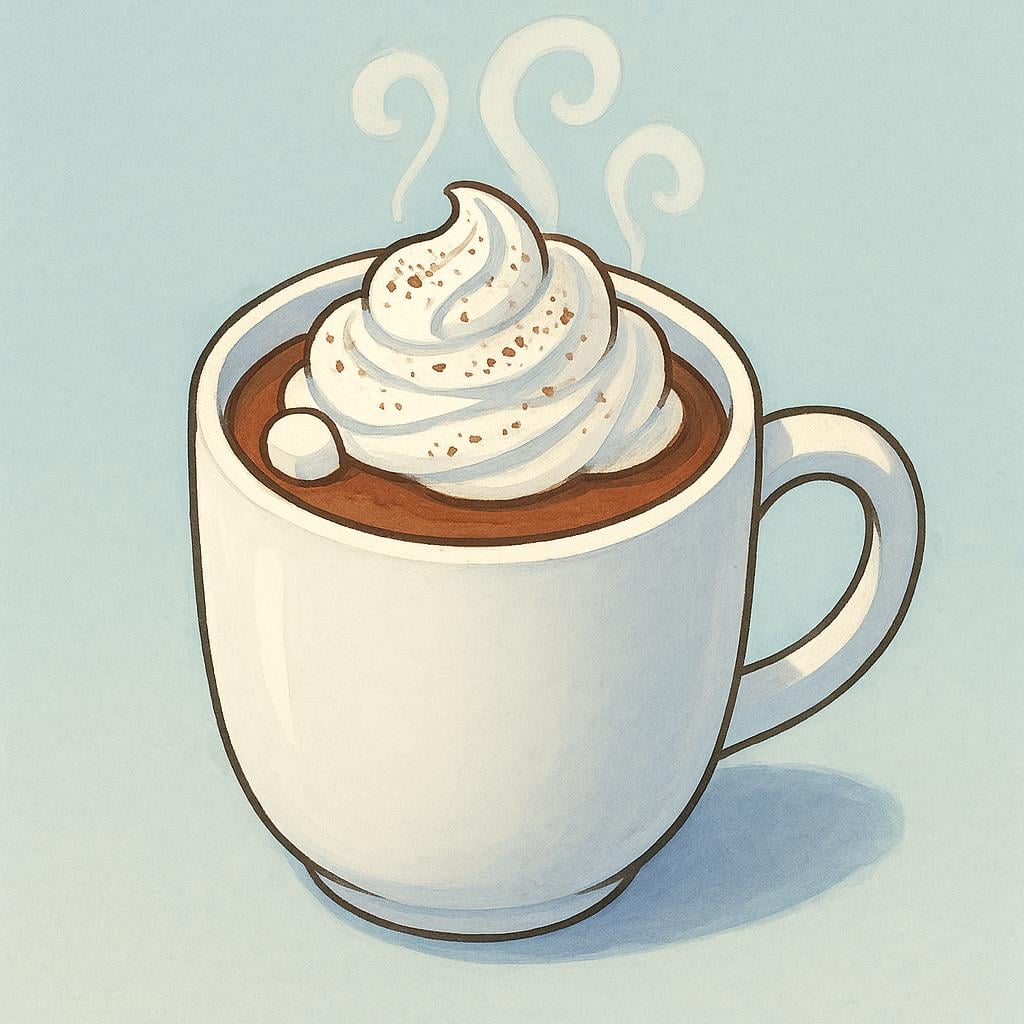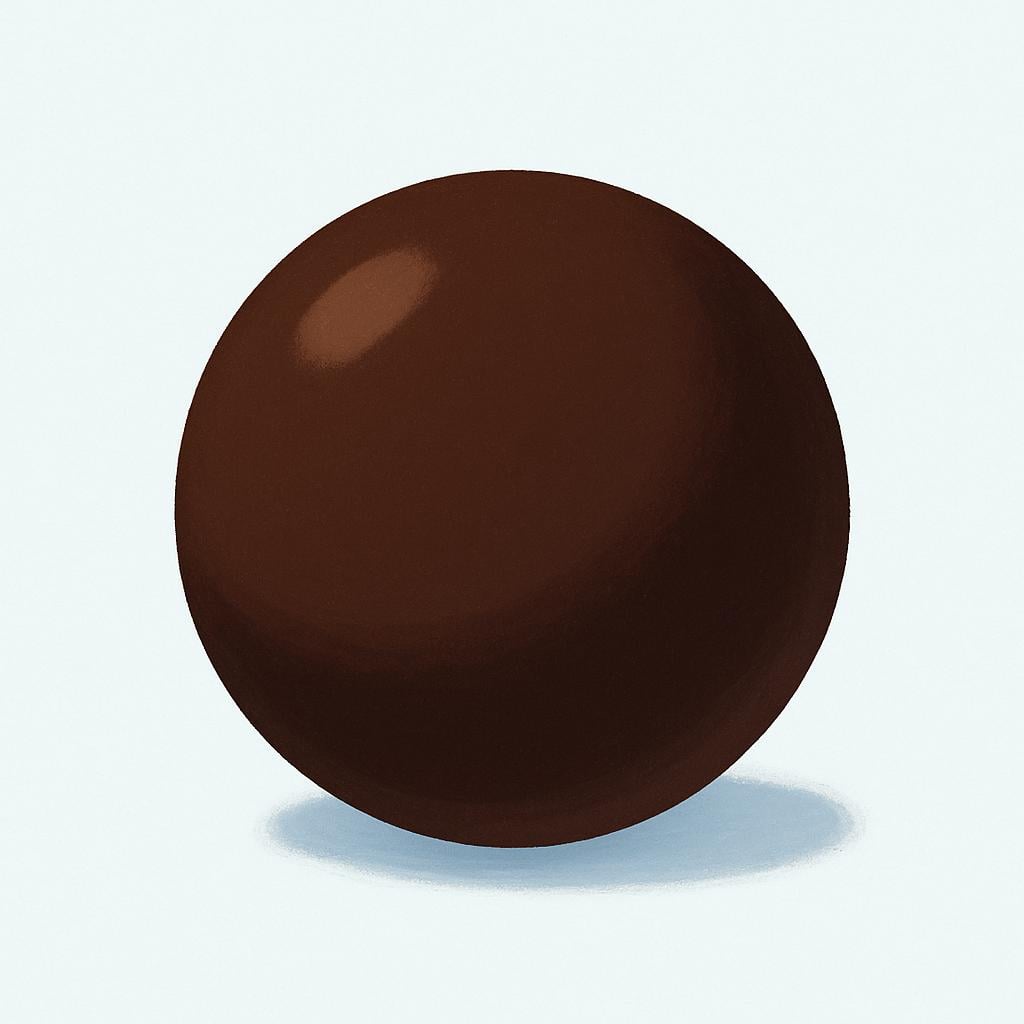chocolate
/cho-co-LA-te/
chocolate

The sweet food we enjoy is called chocolate.
📝 In Action
Mi postre favorito es el pastel de chocolate.
A1My favorite dessert is chocolate cake.
Compré una tableta de chocolate negro para hornear.
A2I bought a bar of dark chocolate for baking.
⭐ Usage Tips
Always Masculine
Even though it ends in '-e', 'chocolate' is always a masculine word, so use 'el' or 'un' before it.

A warm drink made from cocoa is called chocolate.
📝 In Action
Vamos a la churrería a tomar un chocolate caliente.
A2We are going to the churro shop to have a hot chocolate.
Mi abuela siempre prepara el chocolate con un poco de canela.
B1My grandmother always prepares the hot chocolate with a little cinnamon.
⭐ Usage Tips
Ordering the Drink
In cafés, asking for 'un chocolate' is the standard way to order a cup of hot chocolate.

When used as an adjective, chocolate describes a specific dark brown color.
📝 In Action
Necesito un par de botas color chocolate para el invierno.
B1I need a pair of chocolate-colored boots for the winter.
El perro tiene un pelaje marrón chocolate muy brillante.
B2The dog has a very shiny chocolate brown coat.
💡 Grammar Points
Color Adjective Rule
When 'chocolate' is used to describe a color, it is invariable. This means it doesn't change its ending to match the gender or number of the item it describes (e.g., 'las casas chocolate' not 'chocolates').
❌ Common Pitfalls
Do not pluralize the color
Mistake: "Compré unas camisas chocolates."
Correction: Compré unas camisas chocolate.
✏️ Quick Practice
💡 Quick Quiz: chocolate
Question 1 of 2
Which sentence correctly uses 'chocolate' as a color description?
📚 More Resources
Frequently Asked Questions
Is 'chocolate' always masculine in Spanish?
Yes, 'chocolate' is always a masculine noun ('el chocolate', 'un chocolate') when referring to the food or the drink. However, when used as a color adjective, it stays the same regardless of what it describes.
How is 'chocolate' pronounced differently in Spanish than in English?
In Spanish, the 'ch' is pronounced like the 'ch' in 'chip,' and the last syllable 'te' is clearly pronounced (choh-koh-LAH-teh), unlike the silent 'e' often heard in English.